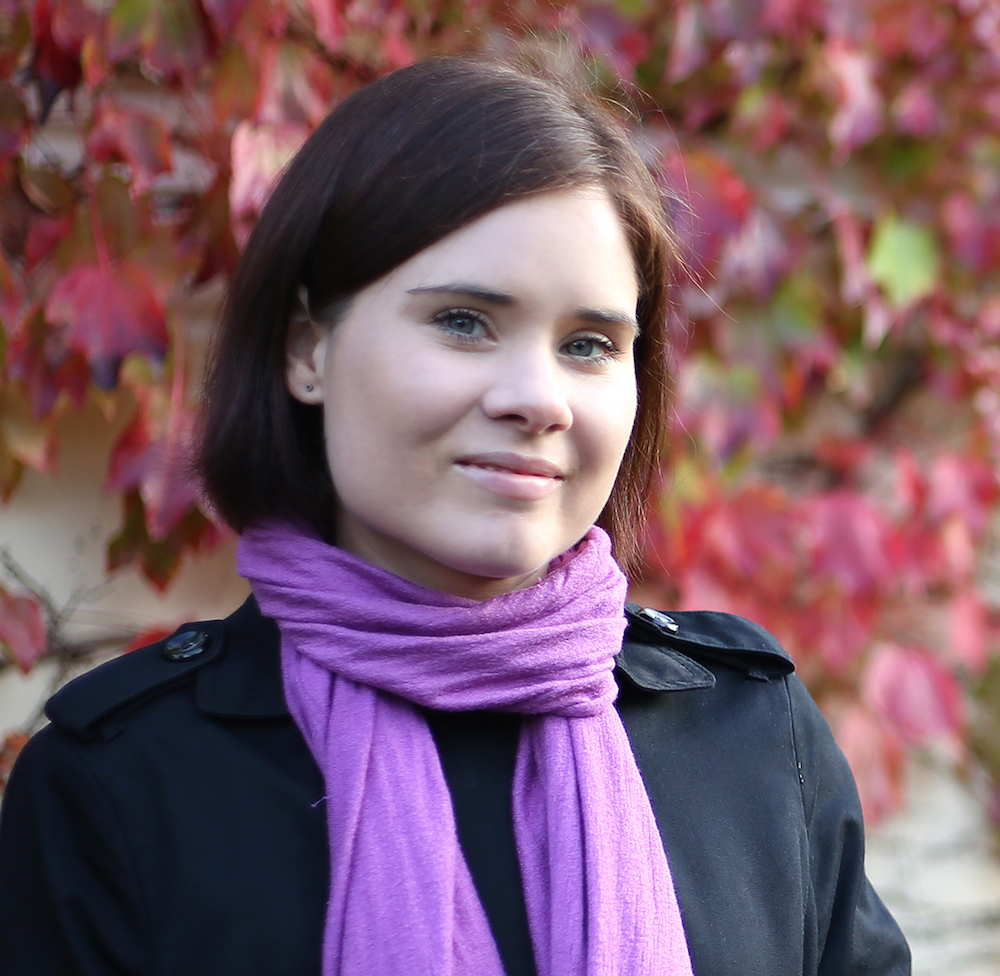Solar storm may amp up northern lights before Christmas
The coronal mass ejection is expected to reach Earth on Thursday (Dec. 23).
A solar storm that erupted from the sun on Monday (Dec. 20) may boost northern lights displays around the north pole just ahead of Santa's trip this weekend, the U.K. Met Office space weather forecasting center said Wednesday (Dec. 22).
The solar storm was caused by a coronal mass ejection, or CME, a powerful eruption of magnetically charged particles and plasma from the outer layer of the sun's atmosphere, the corona. When directed at Earth, CMEs can trigger geomagnetic storms that can disrupt satellite services and knock out power grids. A more pleasant side-effect of these events is the increase of auroras in the regions around the North and South Poles, where these magnificent displays take place.
Monday's CME, which burst from the sun at 6:36 a.m. EST (1136 GMT), is expected to reach Earth on Thursday (Dec. 23). It stemmed from a powerful M1.9-class solar flare that erupted from a sunspot called Active Region 2908, according to Spaceweather.com.
Related: Where to see the northern lights: 2022 aurora borealis guide
"The auroral oval is likely to be slightly enhanced at high latitudes from the 22nd to 24th due to coronal hole geomagnetic activity enhancement, and the chance of a weak coronal mass ejection arriving on the 23rd," the Met Office wrote on its website.
According to the European Space Agency's (ESA) Space Weather Network, the sun has been quite busy in the past week with several active regions springing up on its scorching surface in the run-up to Christmas.
The geomagnetic storm triggered by the Monday CME is only expected to be minor, the Met Office said. Geomagnetic storms occur when charged particles from the sun interact with the planet's magnetic field. The Earth's magnetic field lines will redirect these particles above the poles, which is why we see auroras in these regions.
Sign up for the Live Science daily newsletter now
Get the world’s most fascinating discoveries delivered straight to your inbox.
If you hope to see the northern light, check out our guide on where and how to photograph the aurora. Our picks for the best equipment for aurora photography and how to edit aurora photos can help you capture their ethereal glow on camera.
You can find tips on potential equipment with our best cameras for astrophotography and best lenses for astrophotography guides.
Follow Tereza Pultarova on Twitter @TerezaPultarova. Follow us on Twitter @Spacedotcom and on Facebook.












